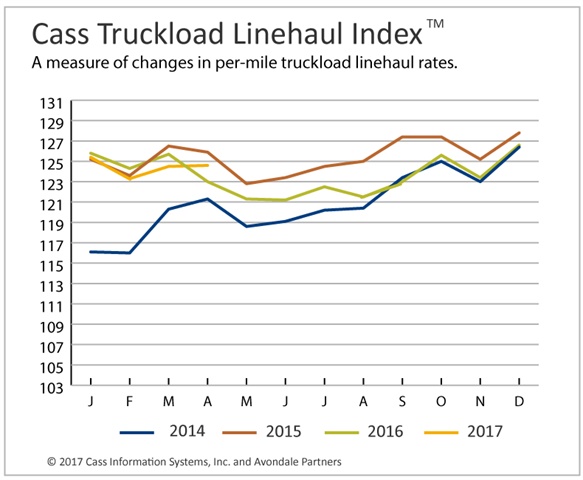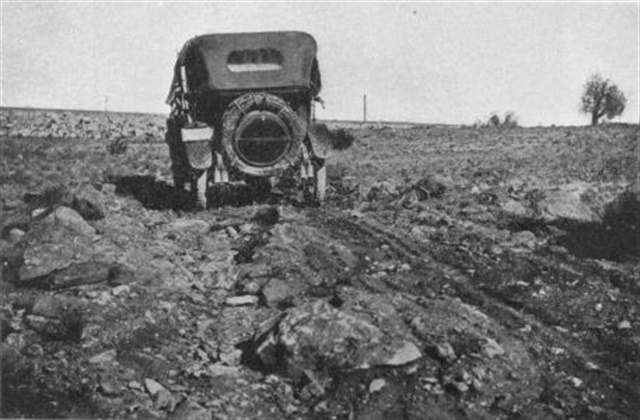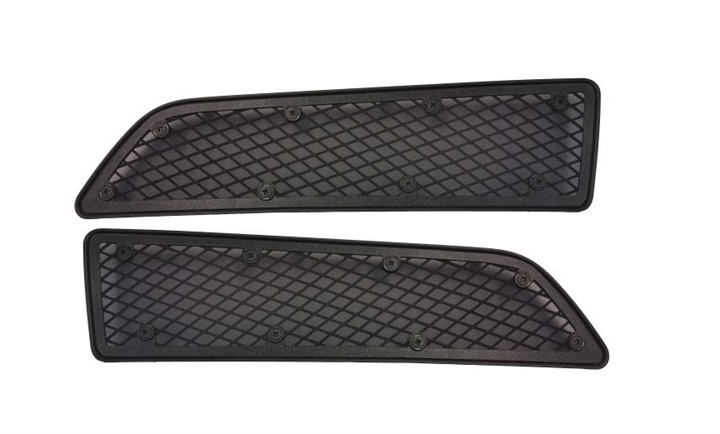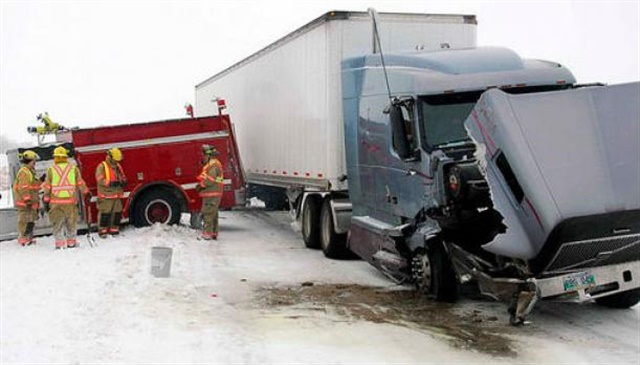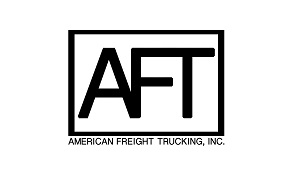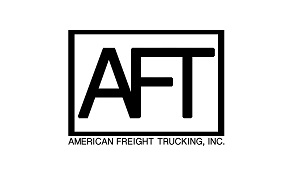Truckload Linehaul Rates Stabilize, Intermodal Rates Continue Strength

Truckload line haul rates may finally be ready to turn around for the better following recent declines while intermodal rates continue their recent improvements, according to two new reports.
The Cass Truckload Linehaul Index for April increased from the same time a year ago. Despite this gain, the reading is virtually unchanged from the month before but it at its highest level since January.
According to Donald Broughton with Broughton Capital, who provides analysis of the reports, pricing for trucking appears to be stabilizing.
“After being negative for 13 months in a row [in terms of] year-over-year comparisons, April's Cass Truckload Linehaul Index increased 1.3% year-over year to 124.6,” he said. “April's pricing, while promising, was sequentially flat versus March and is still negative, down 1% versus April of 2015.”
Broughton's pricing forecast for 2017 remains in a range of between a 1% decline to a 2% improvement, as the current strength being reported in spot rates is leading him to believe contract pricing rates should move back into positive territory by the end of the year.
The Cass Truckload Linehaul Index measures market fluctuations in per-mile truckload pricing that isolates the linehaul component of full truckload costs from others, such as fuel and accessorials, providing a reflection of trends in baseline truckload prices.
Meantime, the latest data points for the Cass Intermodal Price Index show total intermodal pricing rose 2.7% year-over-year in April to a reading of 133.1 after March's 4.8% increase. Despite this gain, the April reading fell 1.7% from March, which was the index's highest level since April 2014.
April marked the seventh consecutive month of year-over year increases, but suggests that pricing momentum is slowing, according to Broughton.
He expects intermodal rates to continue to show better strength in 2017 than was achieved in 2016, “as the price of diesel fuel has recovered from ...Read the rest of this story
